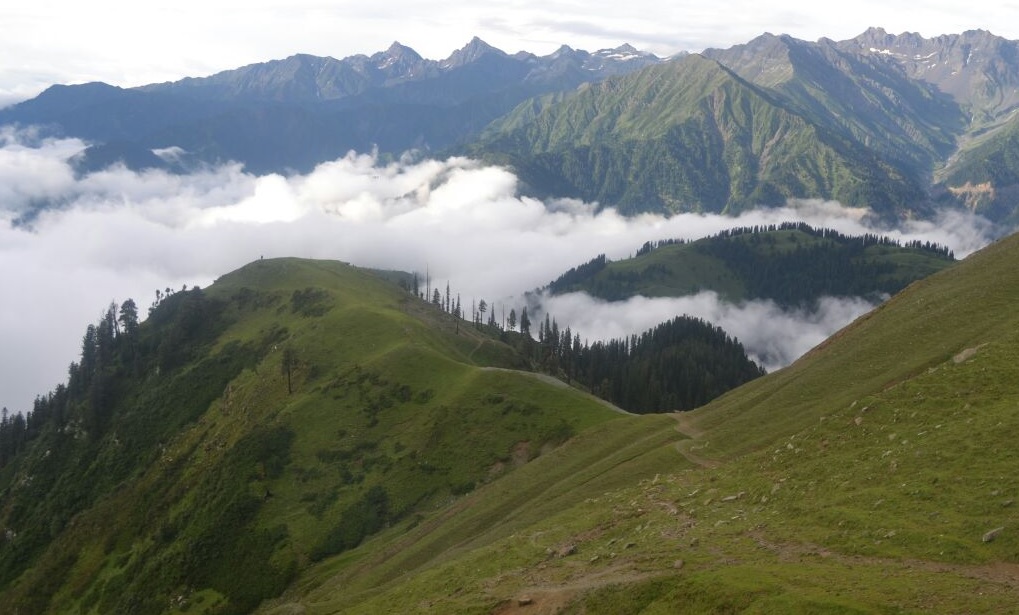
Mughal Road
The Mughal Road originated at the Mughal capital, Agra (in UP). It wound its way through Lahore (now in Pakistan) to Poonch, Rajouri, and then to Srinagar in the valley. The Poonch segment of the road used to be called the Namak Road (presumably, the ‘salt road’) until Jehangir (early 17th century) traveled on it and renamed it the Mughal Road. Mughal Road is an alternate route to the Kashmir Valley and has reduced the distance for the people of both Rajouri and Poonch districts. Mughal Road is 84 km from Buffliaz to Shopian. It passes through scenic places like Buffliaz, Behramgala, Chandimarh, Dugran, Pushana, Chatta Pani, Mansar, and Peer Ki Gali. Sarimastan and Girjan, the famous meadows in this region, can be witnessed from this road.

Pir ki Gali
Pir Ki Gali is an attractive natural place located at 11,400 ft above sea level, exactly on the boundary of Poonch and Shopian. Pir Marg (meadow), surrounded by snow-clad peaks, cool breeze, and tribal lifestyle, starts from Pir Gali, which is known as the crown of the 240 km long Pir Panjal range. The 84 km long Mughal Road passes through the heart of Pir Panjal via Pir Gali, which is 43 km from Buffliaz (Poonch) and 41 km from Shopian. With the opening of the Mughal Road, great hustle and bustle has started at Pir Gali, bringing into the limelight the surrounding natural resorts and the beautiful valley of Seven Lakes, Panj Tarni Meadow, Girjan Doke, Tata Kutti Peak, Chatta Pani Glacier, which are ideal for scenic and adventure tourism.
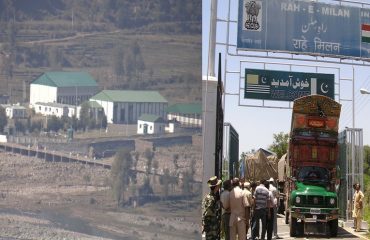
LOC Trade Centre [Chakkan da Bagh Poonch]
It is located on the 46 km long Cross-LOC Poonch-Rawlakote Road, about 8 km south of Poonch Town. The loaded trucks from POK arrive Monday to Friday every week and are unloaded for onward transportation. Similarly, the loaded trucks from Jammu and Poonch report at the Trade Centre before crossing the LOC for unloading on the other side. Apart from this, passengers from divided families who cross the LOC from either side are halted at this place for security checkups.

Than Peer
It is situated in Tehsil Mandi, 43 km northeast of Poonch Town, on the tributary of the Doda Range of Mountains. From this commanding place, the overlooking view of Suran Valley, Mandi, Poonch, and Toli Pir in POK is marvelous.There is a beautiful green pasture around the shrine. Apart from its religious importance, this is one of the most beautiful scenic spots in Poonch District, with great potential for tourism development. A grand annual Urs is celebrated in November by civil society Poonch, in collaboration with the Army.
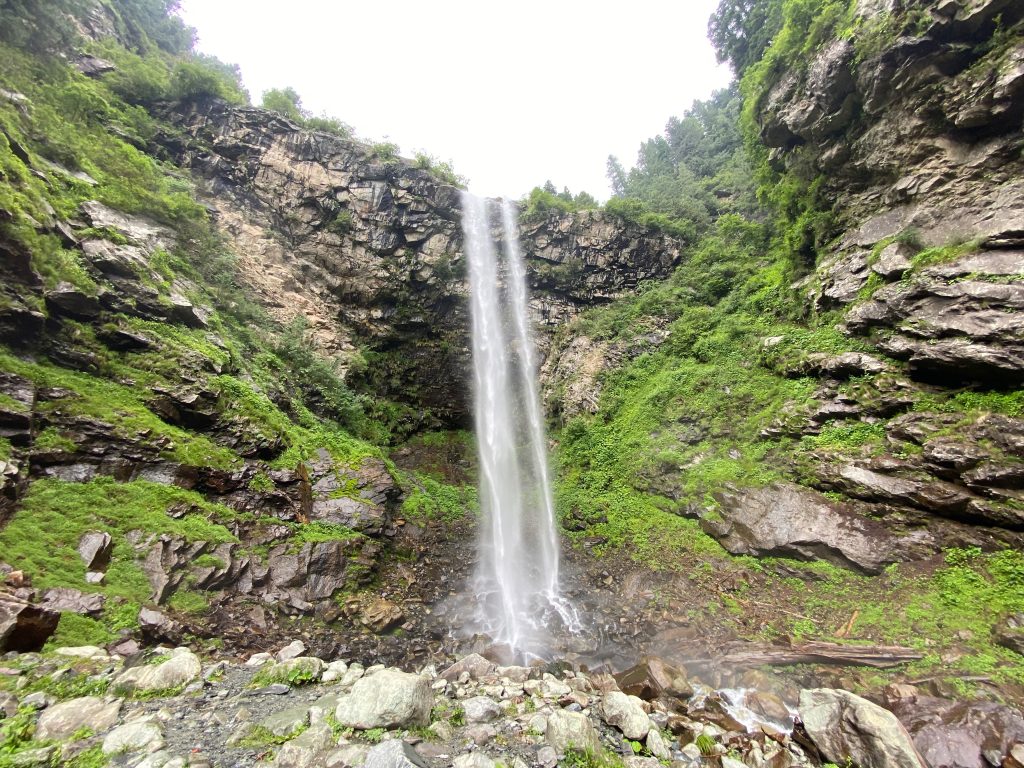
Nandishool
Nandishool is a beautiful waterfall, located 12 km from Loran and 6 km from Sultan Pathri. The water originates from the Pir Panjal range and falls onto a glacier. It is an impressive 150 feet high waterfall. A tourist hut has been constructed near Nandishool by the Rural Development Department, making it an ideal spot for nature lovers and travelers.
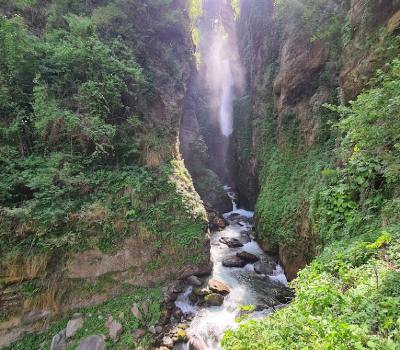
Noori Chhamb
Noori Chammb, associated with Mughal Queen Noor Jahan, is famous for its scenic beauty and waterfall. It is located near Behram Galla in Surankote Tehsil, about 45 km from Poonch Town.
The fall of the stream creates dense clouds of water vapors, which engulf the area and spread all around, adding to its mystical charm. Emperor Jahangir, deeply fascinated by this waterfall, named it Noori Chammb after his beloved Queen Noor Jahan.
The Mughal queen used to stay here for relaxation. She even had a mirror fixed on the mountain wall beside the waterfall, where she would admire herself and do her makeup after bathing.
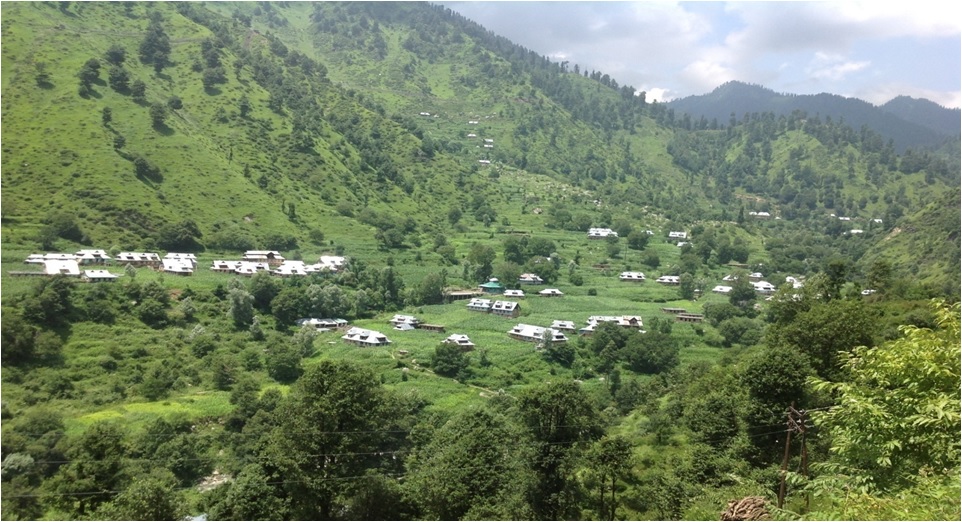
Mandi
It is a small village located in a narrow valley, enclosed by steep and grassy hills of moderate elevation, near the confluence of two streams, Gagri and Pulsta.
The Mandir Swami Budha Amar Nath Ji is situated in this village, making it a significant religious site. Mandi is about 20 km from Poonch Town and, due to its cool climate and proximity to Poonch, has become a favored tourist destination during summer. Most of the people in the Mandi area speak the Kashmiri language.
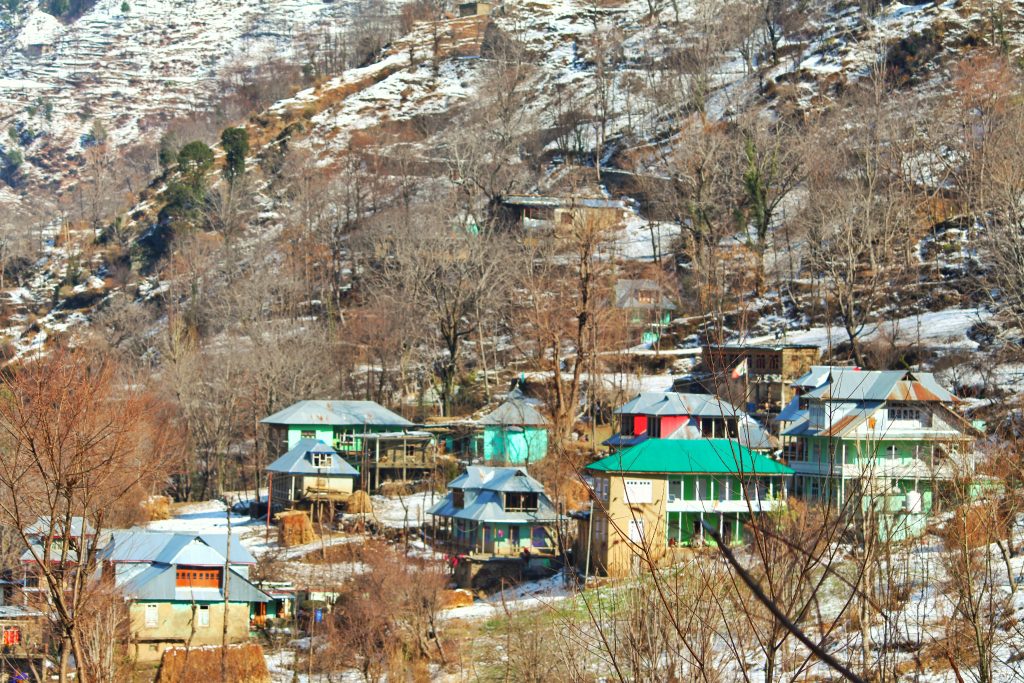
Loran Valley
Loran is a small village, located 35 km from Poonch Town, at the foot of the high mountains of the Pir Panjal range. It is a popular tourist attraction, known for its breathtaking natural beauty. The Loran Nallah, which flows through this picturesque village, adds to its enchanting charm. Loran was once the capital of Poonch State under Hindu rulers until 1542 A.D., and it was historically known as Loran-Kote. The ruins of Lohar Kote Fort, once referred to as the “Gateway of Kashmir,” still stand as a reminder of its rich historical significance.
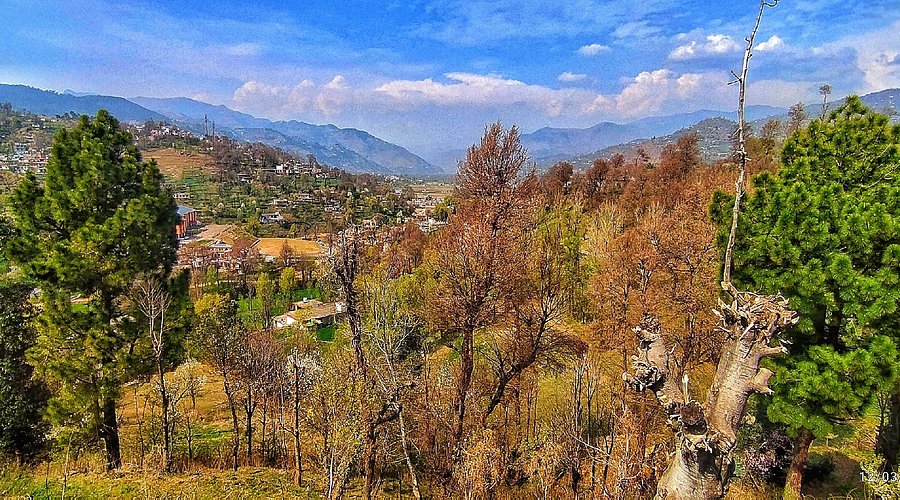
Surankote
Surankote is a small village situated on the banks of the Suran River, surrounded by lofty peaks that are covered with snow in winter. Due to its breathtaking beauty, it is popularly called the “Pahalgam of Poonch.”
In Rajatarangini, this town was historically described as Sawernik. Around 1036 A.D., there was a big fort called Kote, which eventually led to the town being named Surankote.
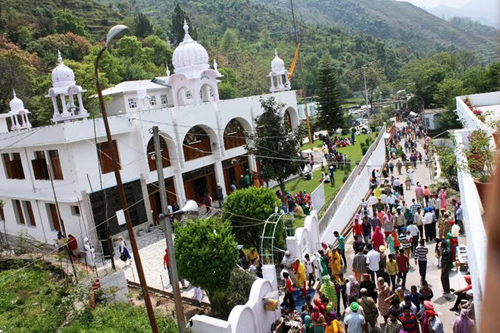
Gurudwara Nangli Sahib
Gurudwara Nangali Sahib is nestled in a picturesque hill on the banks of Drungali Nallah, about 6 km from Poonch Town. It is one of the oldest Sikh shrines in Northern India. The complex includes 70 rooms, a Langar Hall, and a Gurudwara building, attracting devotees of all faiths. Established in 1803 AD by Thakur Bhai Mela Singh Ji, it was later visited by Maharaja Ranjit Singh in 1814, who granted estates and villages to it. In 1947, the original building was burnt by attackers, but it was reconstructed by Mahant Bachitar Singh Ji with community support. The Gurudwara remains a spiritual center for Sikhism in Jammu and Kashmir, offering round-the-clock Langar and accommodation to all. Sunday congregations see a larger gathering. The scenic beauty and serene atmosphere provide peace to visitors. A grand Baisakhi function is held annually, drawing devotees from Jammu, Kashmir, and beyond to celebrate the birth of Khalsa.
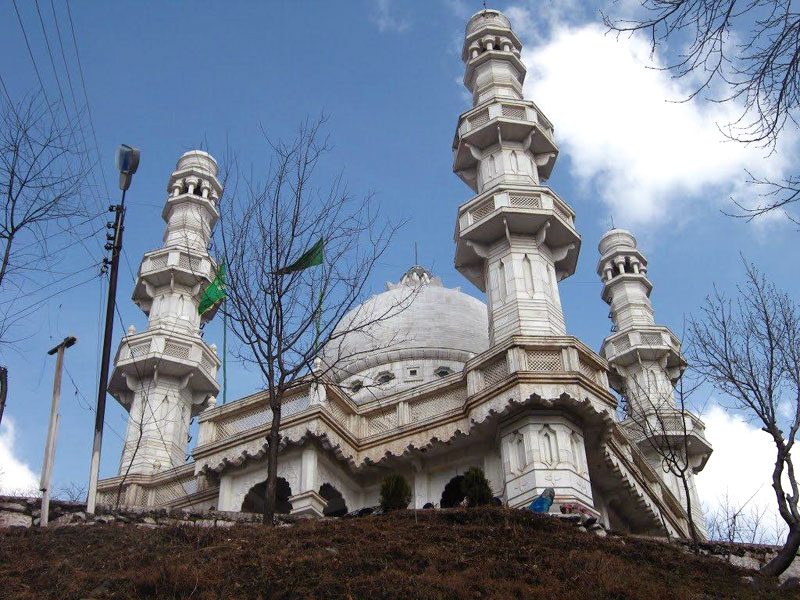
Ziarat Sain Illahi Bakash Sahib
The famous Ziarat of Sain Illahi Bakhsh Sahib is located in Battalkote village, Mandi block, Poonch district, about 37 km from Poonch town and 4 km from Loran. Nestled between the southern hills of the Pir Panjal range and the confluence of Nain Sukh and Nandishool streams, Battalkote is a scenic village resembling Gulmarg of Kashmir. The great Sufi Saint, Sain Illahi Bakhsh Sahib, chose this beautiful place in 1948 AD, preaching love, brotherhood, and humanity. He remained unmarried, lived as a Darvesh, and passed away on May 16, 1976. Days before his death, he identified his burial site and instructed that his body be kept open for three days for public viewing. The annual Urs in May attracts thousands of devotees from Mandi, Poonch, and beyond, regardless of religion. With Hindus, Sikhs, and Muslims actively participating, this event symbolizes composite cultural heritage, religious tolerance, and unity.
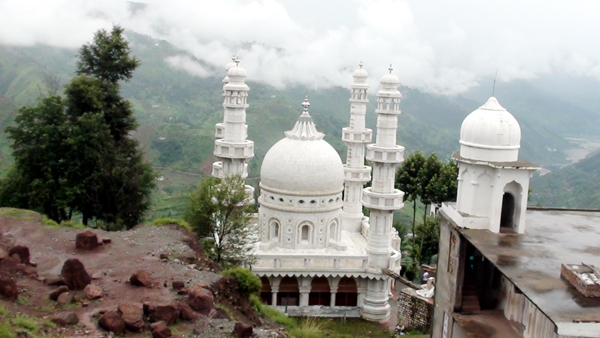
Ziarat Sain Miran Sahib
This Ziarat is located in village Guntrian near the Line of Actual Control (LoAC) with Pakistan-occupied Kashmir. The place is frequently visited by devotees of different religious faiths, who have a firm belief that whatever is wished before the holy seat never goes unfulfilled. A road has been constructed to facilitate pilgrims in visiting this place. Before its construction, arduous climbing was required to reach the Ziarat.
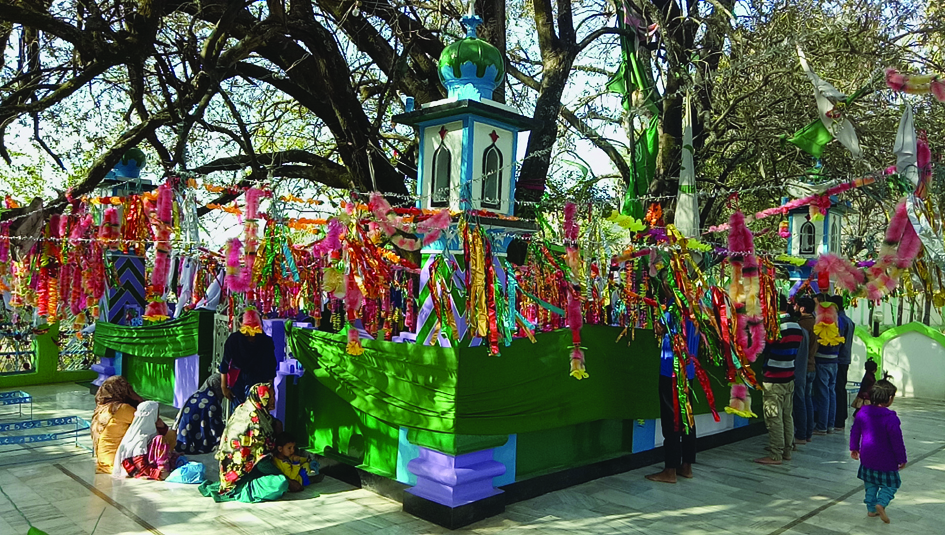
Ziarat Chhote Shah Sahib
The three-day annual Urs is celebrated at Sakhi Maidan, about 5 km from Mendhar, in memory of Muslim Saint Sakhi Peer Chhota Shah, whose Ziarat is held in high esteem by both Hindus and Muslims in the area. Barely a few hundred yards from the Ziarat lie the ruins of ancient architecture, popularly believed to be from the Pandavas.
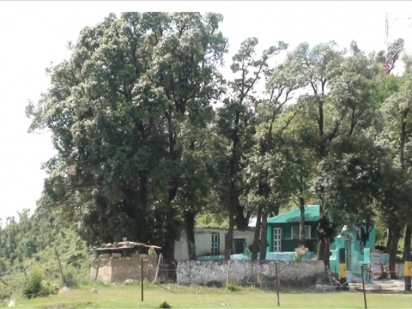
Ziarat Pir Fazal Shah Sahib
During December, on the 2nd day of Pooh, a one-day annual Urs is celebrated at the shrine of Muslim Saint Pir Fazal Shah in Gundi village, Surankote. Thousands of people from far and near villages gather at this place for the Urs, accompanied by traditional beating of drums and celebrations.
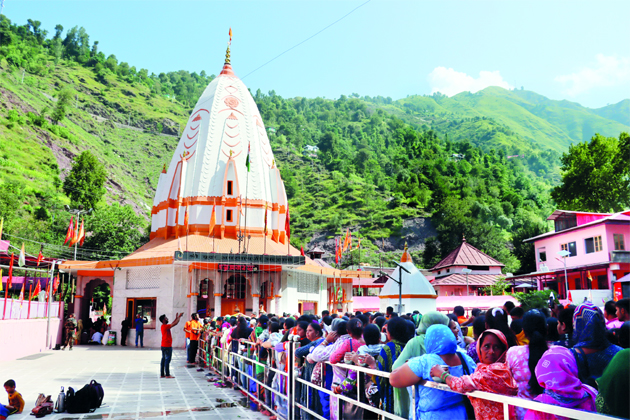
Mandir Budha Amar Nath, Mandi
Swami Budha Amarnath Ji Mandir is located in Rajpura Mandi, 25 km northeast of Poonch city, amidst the Pir Panjal Range. It stands at the confluence of Nallah Gagri and Pulsta Nadi, surrounded by snow-capped peaks, dense fir forests, green pastures, and crystal-clear streams. The climate is pleasant and cool. The original mandir is carved from a single large stone and has four doors, symbolizing openness to all four varnas. Inside, there is a natural Shivlinga of white stone (chakmak). Several ancient idols from nearby villages are also placed in the temple. Four holy springs once existed near the mandir, but now three have been diverted into the fourth, where pilgrims bathe before prayers. The Mela Swami Budha Amarnath Ji Festival, the main religious event, is celebrated on Raksha Bandhan. Three days before, a religious congregation at Dashnami Akhara, Poonch, includes Havan, Pooja, Bhajan, Kirtan, and discourses by the Mahant. The Chhari Mubarak procession starts from the Akhara, where devotees carry the sacred mace (Chhari Mubarak) in a palki. Thousands of devotees and sadhus accompany it on foot. The first halt is at Chandak, and along the route, Muslim and Hindu communities welcome the yatries with free langar and refreshments. Upon reaching Rajpura, the district administration, BSF contingents, local people, and sadhus receive the procession. The event concludes with traditional rituals, Aarti, and prayers at the temple.
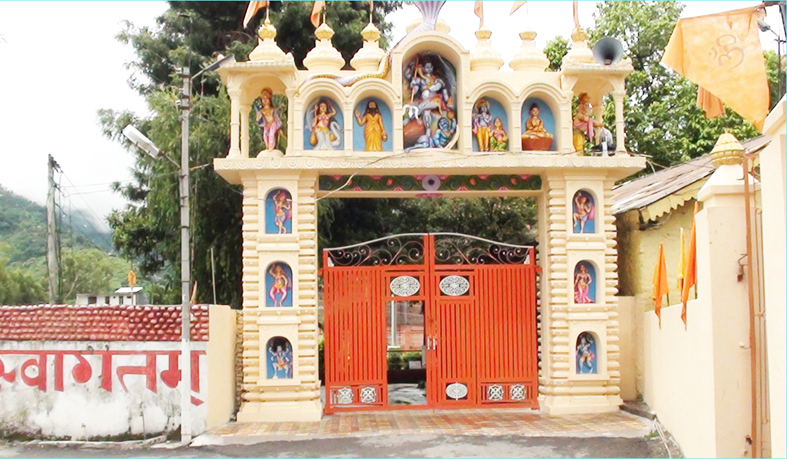
Shri Dashnami Akhara Mandir
This mandir is situated in the southern part of Poonch town. Swami Jawahar Giri Ji came to this place in the year 1760 A.D. and started his meditation. When the king of Poonch, Rustam Khan, came to know, he visited this place, paid his obeisance to Swami Ji, and attached land to this place. Swami Ji took his Smadhi in 1787 A.D., and till that time, he remained at this place delivering sermons & solace to the people. His Smadhi is still there on the left side of the Smadhi complex. After Swami Jawahar Giri Ji, Swami Shamaya Nand Ji, who was a Sanskrit scholar, sat on this spiritual seat. He started a Sanskrit school in the complex. He took his Smadhi at Haridwar. After Swami Shamaya Nand Ji, the following saints lived at this place:
- Swami Shankarya Nand Giri Ji
- Swami Parma Nand Ji
- Swami Satya Nand Saraswati Ji
Swami Satya Nand Saraswati Ji decorated this place and spread the religious importance of this temple across the country. Presently, 1008 Mahamandleshwar Swami Vishavatma Nand Saraswati Ji Maharaj is on the seat of Shri Dashnami Akhara Mandir. Every year, on Raksha Bandhan, Chhari Mubarak is taken from this place to Swami Budha Amarnath Ji Temple at Mandi (Poonch). A large number of people accompany Chhari Mubarak, which is carried by the Swami Ji of this temple.
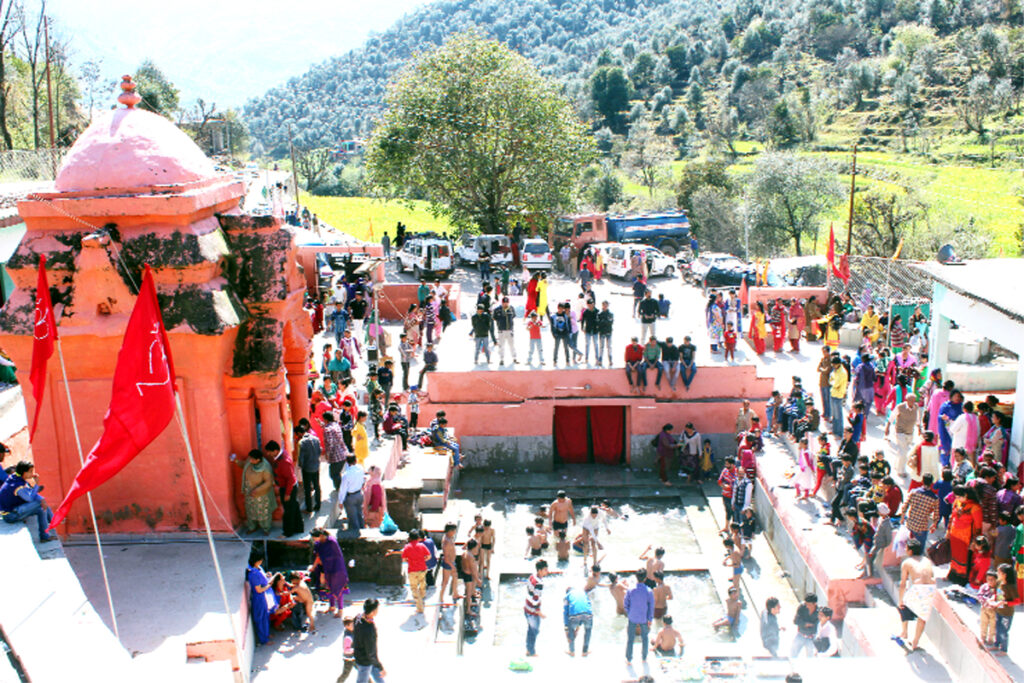
Ramkund Mandir, Mendhar
Ramkund Mandir is situated in Tehsil Mandhar, about 4 km from Mendhar village. This Mandir has three springs:
- Ram Kund
- Sita Kund
- Lakshman Kund
People take a bath here on the first bright half of Chaitra.
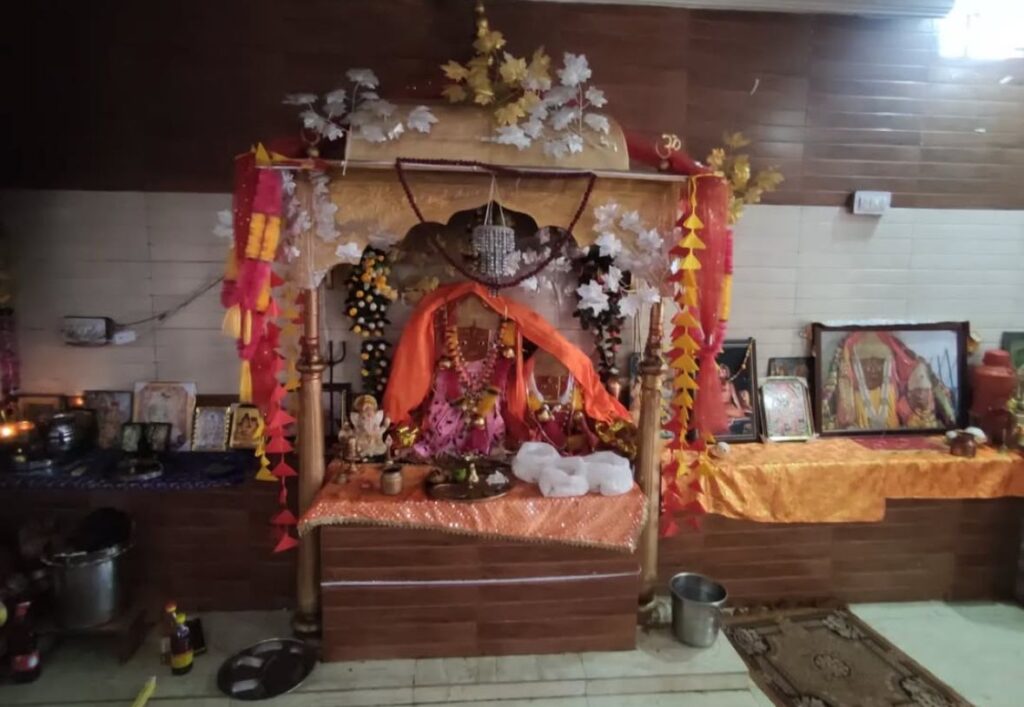
Lohar Devta Temple
Lohar Devta Temple may be located at an elevated slope of Ghani Hill in the Krishna Ghati mountain range, but this does not restrict devotees from crossing a treacherous path to reach the religious place. An annual religious function at the temple draws devotees, including Hindus, Muslims, and Sikhs, from different parts of the state to pay respects to Lohar Devta. Located in the Muslim-dominated village of Ghani, the temple is thirty-one kilometers from the main town, Pooch. It is also close to the Line of Actual Control (LAC), a demarcation line that separates Indian-held lands from Chinese-controlled territory, and is surrounded by the lofty peaks of Pir Panchal, providing a soothing experience to devotees. Lohar Devta Temple is considered an important religious place for Hindus of Pooch Principality. During the annual gathering, devotees perform Havan, a religious ritual, to appease the Lord Devta. Later, they also hold individual prayers inside the temple.
